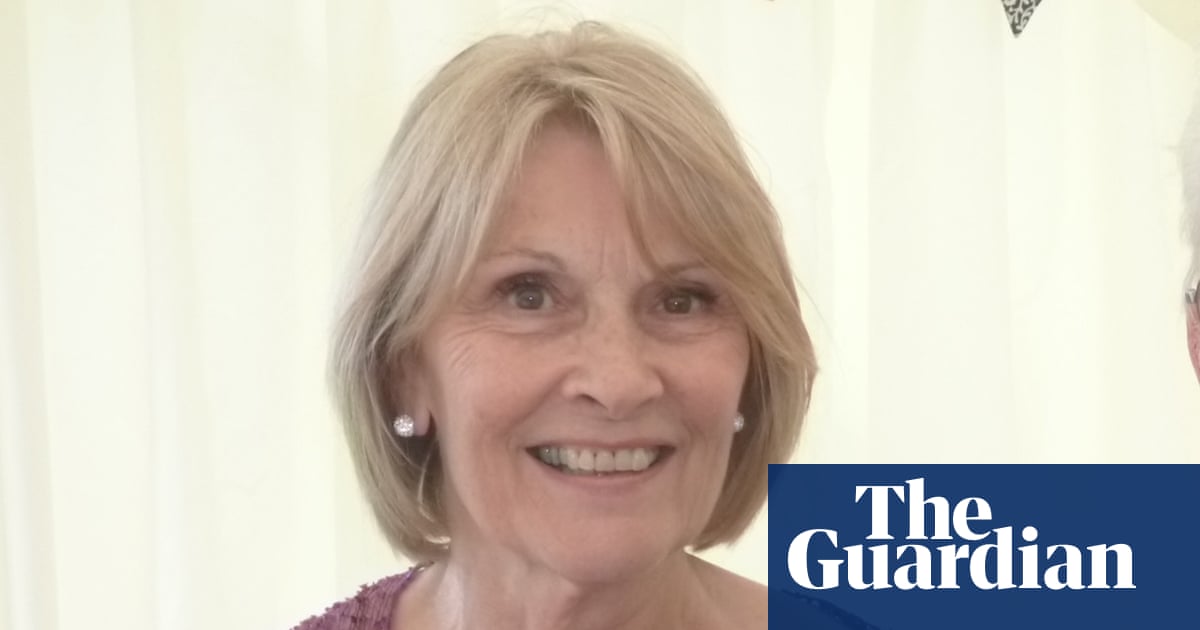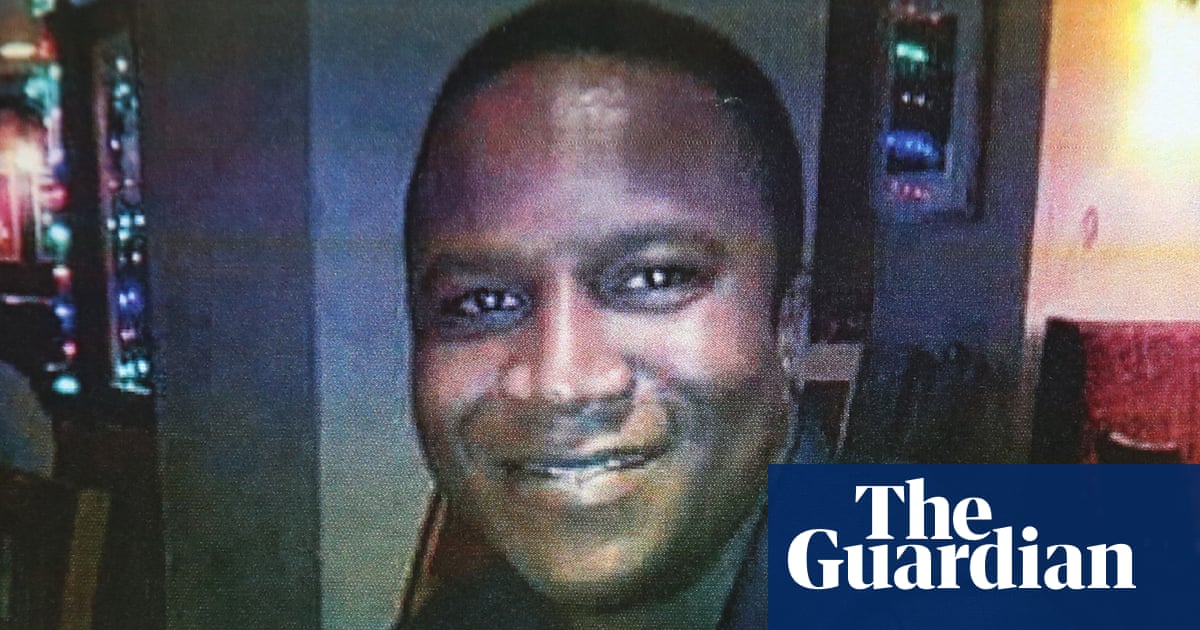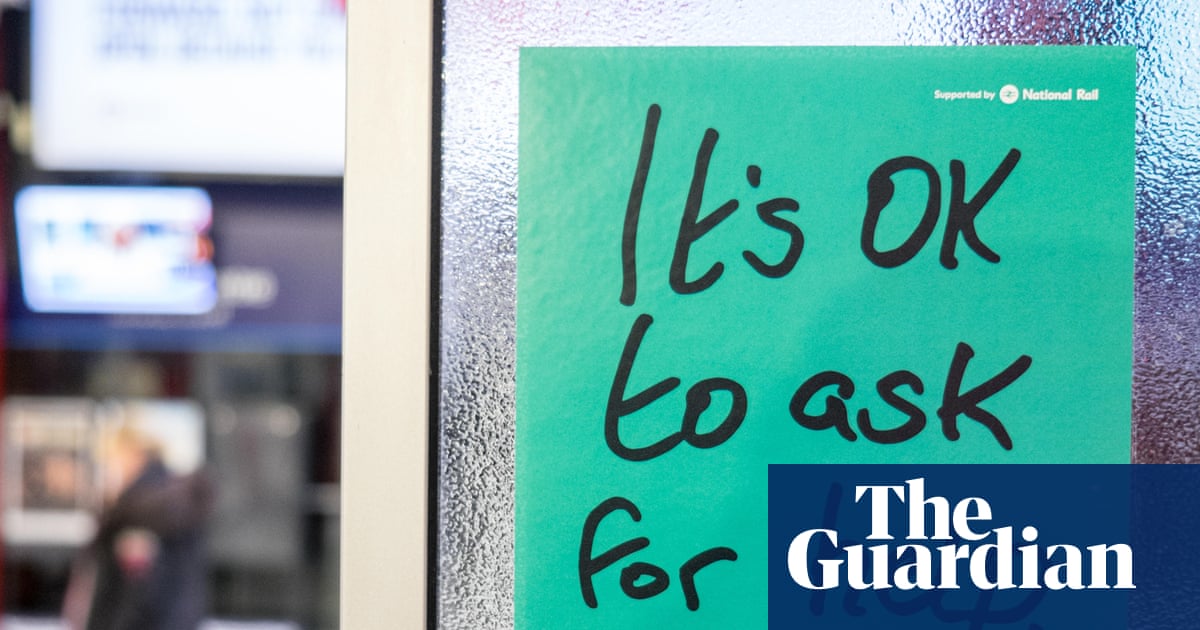I’ve had intense issues with insomnia and respiratory problems for 40 years – and yet, I only learned about cognitive behavioral therapy for insomnia (CBT-I) this year.
Fellow insomniacs told me about it when I was reporting a story on the link I discovered between orthodontics and sleep health during my exhaustive search for sleep solutions. Two rounds of nasal surgery in the past year revolutionized my air flow – but didn’t improve the anxious mind that still kept me awake.
Though CBT-I is backed by research and referred to as the “gold standard” for sleep disorder treatment by organizations such as the US Department of Veterans Affairs, none of the doctors I’d been begging for solutions from ever mentioned it.
CBT-I has a reputation for being brutal and restrictive – enforced sleep schedules, bizarre relaxation drills, the kind of thing that can make sharing a bedroom nearly impossible.
Add in the cost (hourly rates can reach $250 and are rarely covered by insurance), the scarcity of qualified practitioners, and the emotional strain of sleep restriction, and it’s no wonder you hear “Ambien” as a solution long before “CBT-I”.
Though virtual programs exist, I didn’t want a screen-based treatment. My phone feeds my stress; it shouldn’t also be my sleep coach. With the help of my therapist, I tracked down a real-life practitioner in my state: a therapist and clinical social worker named Marianne Silva at the Rowan Center for Wellness. And that’s how, last April, I found myself entering this new modality for the first time – an experience that turned out to be, frankly, a wild ride.
During an introductory call, Marianne explained she’d guide me through exercises in stimulus control, sleep hygiene, sleep restriction, relaxation training and biofeedback. Some patients only need four to six weeks of therapy, but I’d scored very high on the Insomnia Severity Index, so she thought I would need eight.
In addition to reviewing the sleep-related lab and blood work I’d had done over the past years, Marianne walked me through the complex online diary I’d need to fill out daily: a 12-column spreadsheet requiring patients to self-report on each day’s sleep patterns. What time did I get in bed versus when I actually fell asleep? If I woke up in the middle of the night, how long did those wakings last? Marianne would then use a tracker to translate my sleep performance into numerical terms so we could review my progress week by week.
Refreshingly, Marianne didn’t want to talk about my childhood during the onboarding. She was determinedly interested in the now. What were things I held true about my relationship to sleep? If I woke up in the middle of the night, what did I do to get back to bed?
I told her about my ritual: how reading is both my joy and my crutch. Every night, I read for nearly an hour before bed, and when I wake too early, I reach for the penlight I keep on my nightstand to read myself back into drowsiness.
As I shared this, I felt a flicker of pride. Reading, after all, seemed like a healthy coping mechanism for my sleeping woes.
Color me surprised when at the start of week two, Marianne declared that I was done reading in bed because it overexcited my brain, making it one of the stimulants we needed to control. I must have blinked nine times when she said this. What in the world was I supposed to do at night if I couldn’t read in bed? For 41 years, I have been self-soothing in this manner.
“From now on, your bed is exclusively for sleep and sex,” said Marianne. “If you’re not participating in either of those activities, you cannot be in bed.”
I did not handle the eradication of my night-time ritual with grace.
When I tried reading next to my husband in the living room while he did his crosswords, I just felt itchy and annoyed that I couldn’t read on my own mattress. (I say “my mattress” because I exiled my husband to the guest room during training.) Television and doomscrolling were nixed because both activities ramp me up; ditto for computer work. Around night three, I opted for a true crime podcast on the couch, but it gave me nightmares.
By the end of week two, my sleep scores were worse than when I had enrolled.
A lifelong teacher’s pet, I wanted to “do good” in this new subject and learn how to sleep right. Along with giving up my bedtime reading, I promised Marianne that if I woke in the night and wasn’t asleep again within four minutes, I’d get out of bed and perform a non-stimulating activity that could coax me back to sleep such as stretching, meditating or rubbing cream on to my legs.
Eventually I settled on lying on my acupressure mat, listening to Yoga Nidra with Ayla Nova, a guided meditation podcast designed to bring on sleep. The spiky mat was punishing, but it worked: instead of feeling weary but not tired enough to sleep, I actually reached the “sleepy” state Marianne insisted was the real measure of readiness for bed.
After a few nights of this new routine, my data showed a better sleep score. With pride that would prove to be naive, I graduated to the next phase: sleep restriction.
This notorious stage shrinks your sleep window down so you can manage it without waking, forcing you to rebuild the association between bed and solid, uninterrupted rest – rather than hours of tossing, turning and failure.
Pre-therapy, my sleep schedule was anything but “normal”. I’d go to bed around 9.30pm, take half of a THC edible, read for 45 minutes, then wake up one to two times during the night. Eventually, I’d indulge my desperation with a quarter pill of Ambien, only to have my alarm clock wake me up at 6.45am to get my daughter off to school.
after newsletter promotion
Notably, Marianne was less interested in my use of chemical sleeping aids than she was in my brain having decided that such broken sleep was “normal”. Accordingly, she readjusted my sleep schedule: a window of 11.30pm-6:30am, which seemed impossible given that I was generally sleep-desperate by 9pm each night.
Even trickier: if I woke at, say, 4am and knew it would take hours – or a sleeping pill – to fall back asleep, I had to stay up.
Once the sleep restriction started, I understood why CBT-I practitioners are asked to kick their bedmates out. This phase turned me into a Miss Havisham character: roaming the house at the oddest hours, bereft without my pills, consuming entire TV seasons while my family slept.
I complained to Marianne that being forced to stay awake had me so sleep deprived I couldn’t drive my kid to school, and that I wasn’t sure I could continue. She explained that this phase was challenging for most people, but that I must keep going until I was able to stay asleep throughout the whole designated window.
Since I was already miserable, I figured I might as well lean in. I ditched my pre-bedtime edibles, and abandoned the Yoga Nidra and acupressure mat. When I woke at some ungodly hour, I just sat in a corner wrapped in blankets, testing whether sheer boredom could knock me out.
Boredom proved the ticket. By week four, I finally slept through my sleep window. Marianne rewarded me with 15 additional minutes: an 11.15 bedtime instead of 11.30pm. I had champagne to celebrate.
Little by little, I continued to earn an expanded sleep schedule, gradually learning how to sleep well through a whole night. My work with Marianne wrapped up in June, and over the summer, I enjoyed some of the healthiest and deepest rest of my adult life, eventually averaging 8.25 hours asleep versus the 4.71 I’d started with. In addition to rest, I experienced magnanimity and patience, emotions I hadn’t been able to access previously because I was always overtired. My complexion looked rosier, my outlook on life, too.
But then September hit: an intensified work schedule, an earlier wake-up time for my daughter, and a worsening news cycle that won’t leave my brain alone. While there’s no question that CBT-I has given me a healthier and more empowering attitude toward sleep and that Marianne gave me tips on how to succeed without her, sticking to good habits alone is tough.
Now that nobody’s interrogating me about what I wrote in my sleep diary, I’m reverting to behaviors that I was meant to ditch: a third glass of wine even though alcohol messes up my sleep cycle, or tossing and turning in bed because I don’t want to sit in the drafty corner of my bedroom at 3am.
Marianne, forgive me – I’m even listening to a true crime podcast again.
My advice for CBT-I graduates? Find an accountability partner to keep climbing toward sleep efficiency with, so you don’t have to go it alone.
Insomnia is such a lonely disease. Curing it shouldn’t have to be as well.

 3 hours ago
8
3 hours ago
8

















































